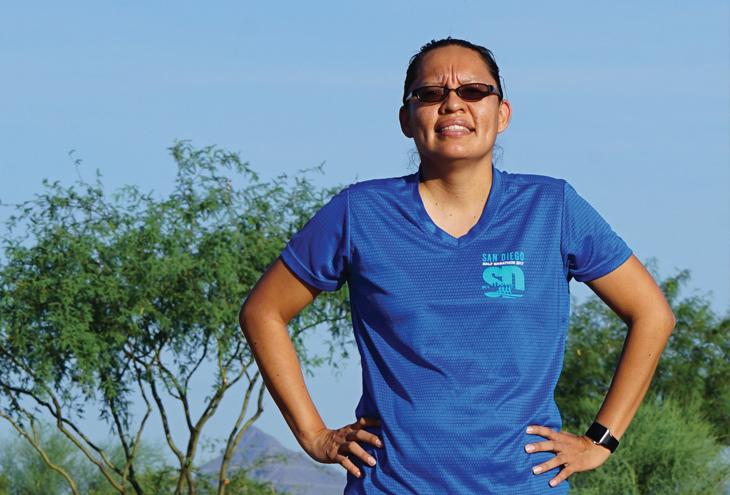As a kid growing up on the Navajo Reservation in Shiprock, N.M., Nedlaya Francisco was animated by a single question: How do things work? “We would have broken remote control vehicles or tape players, and my cousins, sisters, and I would take them apart to see their insides and their circuits,” she remembers. “I always wanted to know how things worked but didn’t know what the circuit boards were.”
Francisco knows now — and much, much more than she ever could have imagined. Indeed, her pioneering efforts developing and supporting the IBM System Storage DS8000 products earned Francisco this year’s Technical Excellence Award from AISES. At its most basic level, the IBM DS8000 — used by 22 of the top 100 Fortune 500 companies — allows hospitals, utilities, and other large organizations to back up and protect their most important data.
In addition to her technical pursuits, Francisco is an avid runner. She’s currently training for a half-marathon this fall in Dublin, Ireland.
In this age of big data, there are few things more important to large organizations than reliable access to their most mission-critical information. Francisco, who has worked for IBM in Tucson, Ariz., for the past 14 years, is an accomplished programmer whose particular responsibility has been to develop and improve the IBM FlashCopy storage feature. “It provides a point of time copy of data,” she explains. “A customer will have data set up, and maybe every hour they make a copy of the data in the background so that if something were to happen, they can recover it and continue working.”
Not surprisingly, this and other roles Francisco has had at IBM have allowed her to continuously indulge her zeal for problem-solving and figuring out how things work. Over the course of her career, she has chalked up 29 patents, which means she is also doing a good job helping others learn new things as well. All of which is particularly impressive given the long road Francisco had to travel from Shiprock, N.M., to a flourishing career in a male-dominated field. She still recalls going from Shiprock High School on the Navajo Reservation to study computer engineering at the University of Arizona, where some of her classes had as many students as her entire high school graduating class.
Equally daunting was the fact that there were no Native students studying computer engineering. “I would walk into the campus computer building, and I was always the only one,” Francisco says. But she did have role models: her mother was a teacher, her father worked in a mine, and her brothers and sisters all went to college. In fact, when Francisco was in college, one of her brothers was working at IBM and encouraged her to apply for an internship. She got it and has been at IBM ever since.
While Francisco has obviously had plenty to keep her busy at work, she also has embraced the opportunity to mentor Native students. Early in her career she was greatly influenced by the members of the IBM Native employees group, whose main goal is to give back to tribal communities. Francisco has been both a member and a leader of the group, which has allowed her to meet, teach, and mentor thousands of students. She has actively participated in STEM events and presentations at the Tohono O’odham Nation, Pascua Yaqui Nation, and Navajo Nation reservations. She has even led a Lego robotics presentation at her alma mater, Shiprock High School. Francisco hopes she can motivate more and more Native students to ask how things work. She knows from personal experience just how far that question can take you in life.













